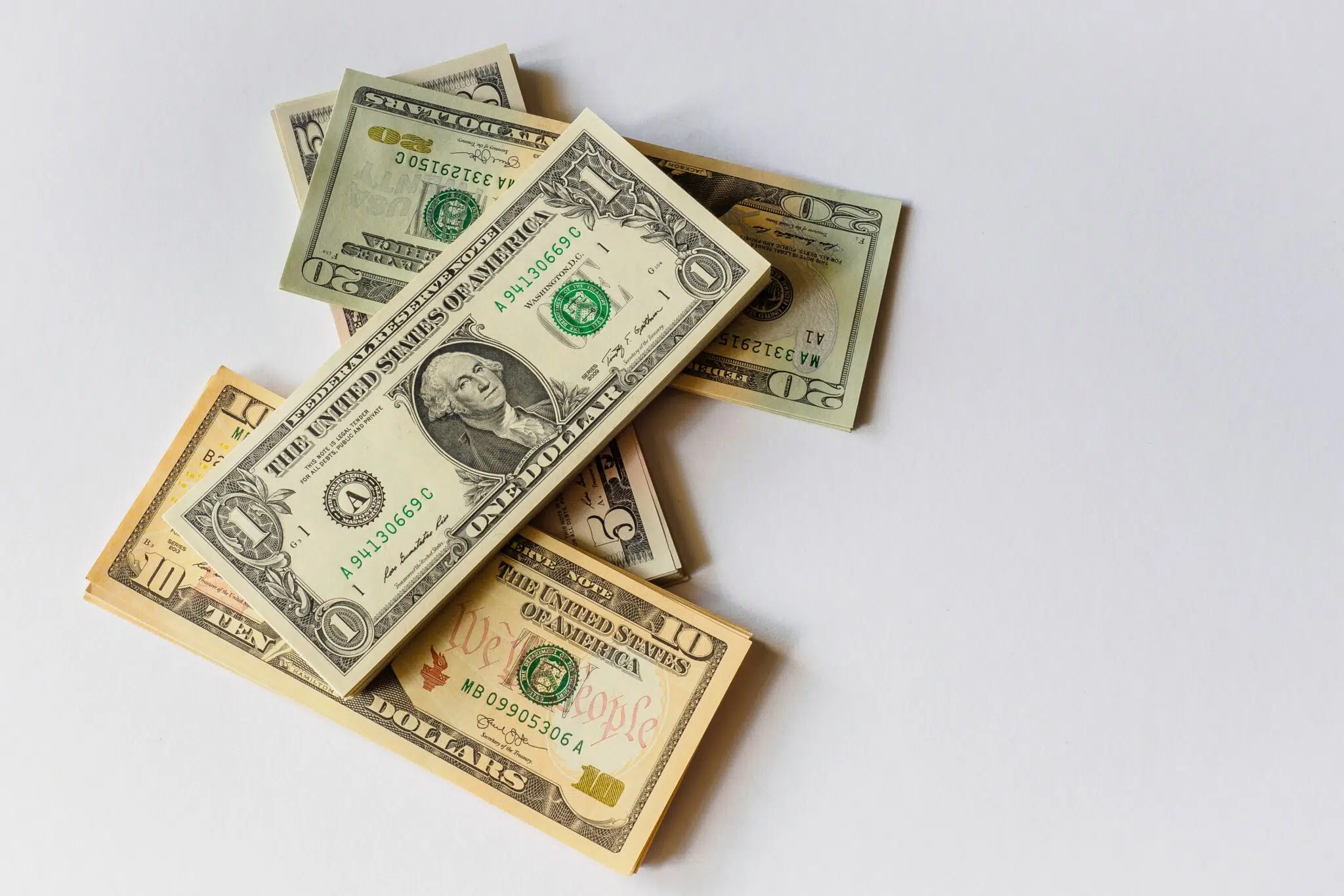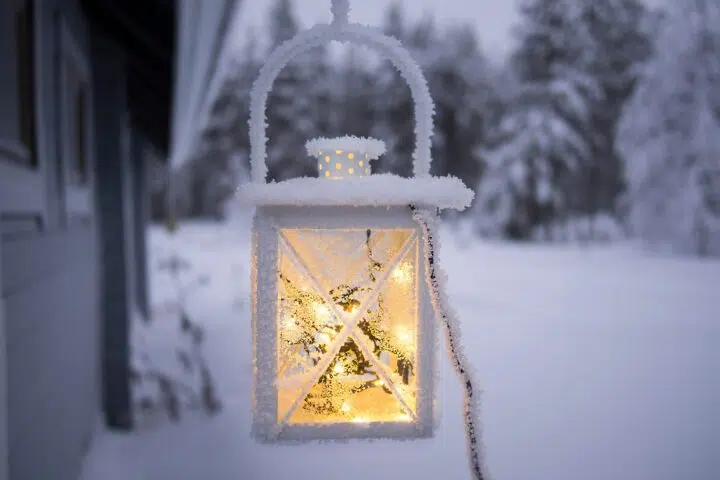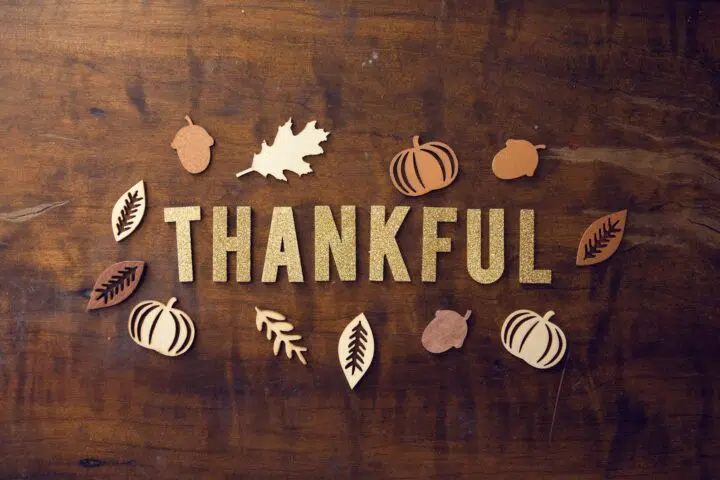I’m preparing to lead a discussion on the book, It’s Not Your Money, by Tosha Silver, for a local writing organization to which I belong. Money is a constant source of worry, debate, motivation, and frustration for artists of all kinds. How much do we give away for free? How high can we raise our prices before we’ve gone too high? How do we advocate so our industries, as well as the buying public, see the value in our work? Or is it just the art that matters and not the money at all?
Most artists accept we need to pay our dues. We work for free or charge little in the beginning, and as our talent and skills develop, we expect to charge more. But in order to get to the point where we’re very good at what we do, we need time. Lots of it! And resources, and training, and all those things that are hard to come by when you’re working various jobs to pay the bills.
At a certain point, most serious artists take the step of trying to work full-time on their art. Some succeed. Others find it impossible to get by. I was talking to a very talented artist friend who said she advises young people to “fund your own art.” She tells them to keep their outside jobs until they can make it on their art sales alone (if they ever can). I see lots of benefits in that: you are not beholding to any patrons or grants for the type of art you produce; you don’t have to adhere to someone else’s budget; you can try and fail at new mediums without disappointing anyone; and, as my friend put it, having a job gets you out in the world, out where life happens and stories and ideas abound.
Another friend told me once that the money doesn’t matter to her. She produces art because it brings her joy. If someone can afford to pay her, that’s great. If not, and they love the piece, she just gives it to them. More than anything else, she wants her art to find a happy home. She’s never tried to “make it as an artist.” She just lives as one.
As for me, I decided long ago to walk a middle ground. I created my own company with three revenue streams rather than working for someone else. My books (my main outlet for writing) were only one of those revenue streams. The others involved coaching, teaching, speaking, and community programs. You could argue I was “funding my own art,” but I was also operating as a solopreneur whose interest was in how artists can put good work out in the world, benefit their communities, create collaborations, mentor, and still get paid. Even still, in some areas of my work, I never solved the problem of how to be compensated adequately for my 30 years of knowledge and experience.
So, what’s the answer? I think passion comes first. I believe most of the famous, high-paid artists in every genre started down their path because they simply loved their art. They wanted desperately to be good at it. They wanted others to access and appreciate the work they did. Some of us never left that first rung of the ladder. We still give away our art because that’s what makes us happy and that’s all the more effort we want to put into it.
Others want it to be our career. We work really, really hard to make that happen, and should, like any other professional, be paid fairly. We decide what that looks like. Do we start side businesses, keep a day job, rely on grants, or raise our prices? But you, our audiences and fans, decide what that looks like too. You pay for the art you love, and you help us spread the word so we reach more buyers. It’s a symbiotic relationship.
The central message of Silver’s book is that trying to grasp at money rarely works. We need to allow it in, and then allow it back out again to do good in the world. In different ways, the successful artists I know have embraced this concept whether they realize it or not. Money is not the root of all evil, nor is it the answer to all our problems. It’s an instrument to put something of beauty, love, and passion into the world. For some of us that means having just enough money to create and gift our art to someone just to see them smile, for others it means selling our art to the highest bidder and moving that money back out into the economy and into our communities.
I’m not going to stop advocating for fair pay for professional artists, but I’m not going to fault anyone who chooses to give their art away, either. Art, like money, needs to be flowing freely in various ways. The free art you give away may create an art lover who one day purchases art from a professional and influences the people around them to do the same. Each of us must find our own way, and feel confident to choose a different path whenever we are so called.
If you like this post, please share and credit Teresa and Bursts of Brilliance for a Creative Life blog



